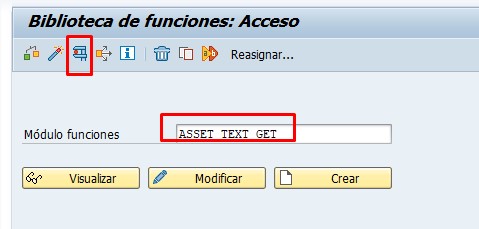What is Intercompany Billing?
Intercompany billing is a process through which several companies or entities within the same group bill each other. This process is triggered when two or more entities, belonging to the same business group, exchange resources as part of their regular operations or specific projects. This transaction is recorded through what is commonly known as intercompany billing.
This type of operation involves two or more entities in a single accounting transaction. Although several entities participate in these operations, a single document cannot be accounted for, as each document is assigned to a specific entity. However, through intercompany billing, it is possible to create and account for a separate document in each of the entities involved in the process.
The intercompany invoice flow refers to the process of sending and receiving invoices between two or more entities that are part of the same business group, due to the exchange of resources in their commercial operations.
From a logistical point of view, intercompany billing occurs in two main situations:
- An entity sells goods or services to other entities within the group.
- An entity purchases goods on behalf of other entities in the group as part of centralized purchasing management.
Example of Process
For example, consider a company called Entity ‘A’ that acts as a centralized buyer of goods from suppliers for all the group’s entities. These goods are then distributed to other entities in the group, where they are used to serve the end customers. In this process, suppliers issue invoices to Entity ‘A’, which initially assumes the expense. Subsequently, Entity ‘A’ bills this expense to the entities that receive the goods. It is at this stage that intercompany billing takes place (see Image 1.)


In the case of purchases ( SAP-MM module)

1.In both cases, we select the EDI transmission mode:

- As a second step, we detail the EDI parameterization of the process, which includes naming the logical system if you wish to differentiate between different intercompany billing processes in the system


- As the last step, we configure the logical system, suppliers, and customers for the specific intercompany billing process. (User Transaction WE20).

In the part that refers to the Logical System, the Customers, and the Suppliers, we will see something like this:

In the case of a sales flow, the customers would be the other group entities that are directly billed, and in which the intercompany accounting record is automatically generated.
In the case of a purchase flow, the suppliers would be the other group entities from which the goods are directly purchased, and in which the intercompany accounting record is automatically generated.



